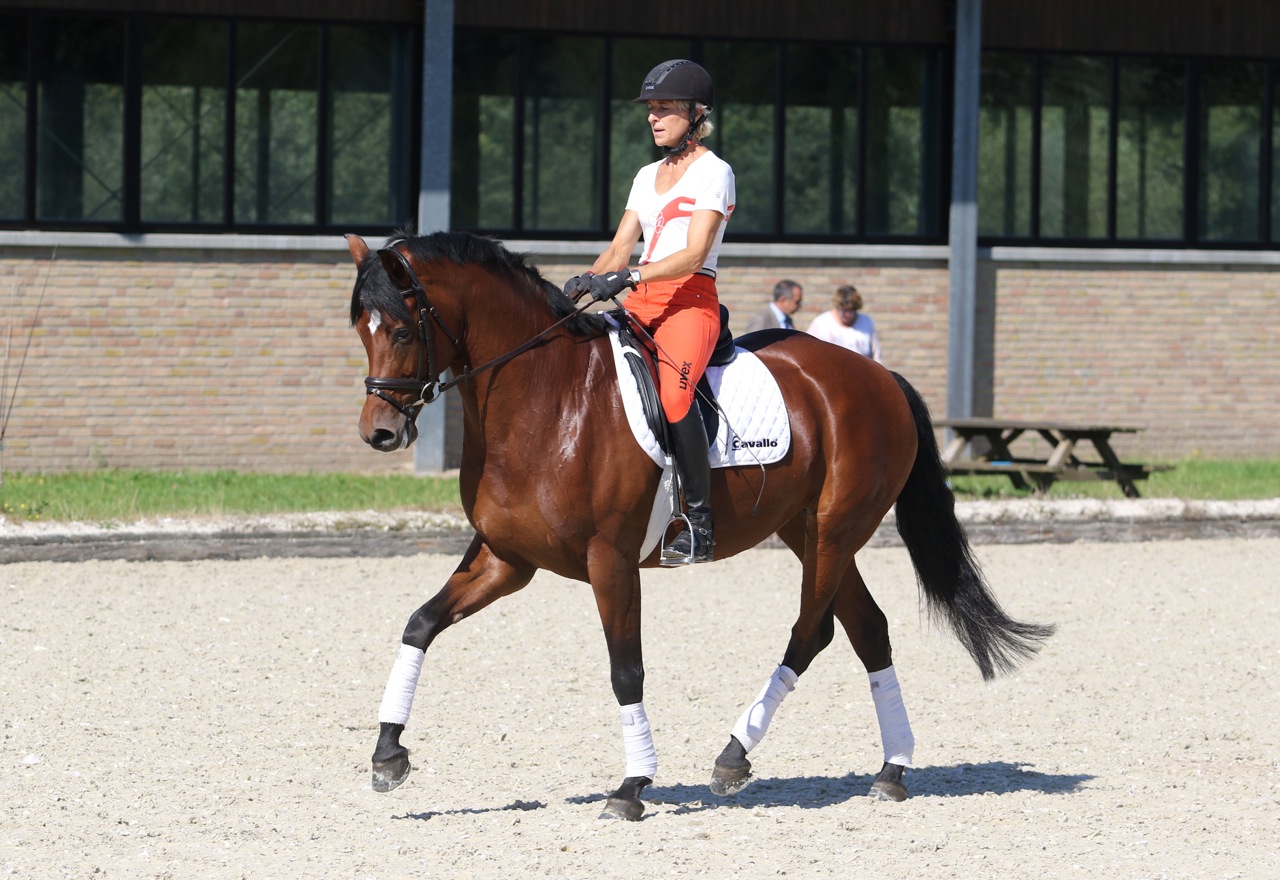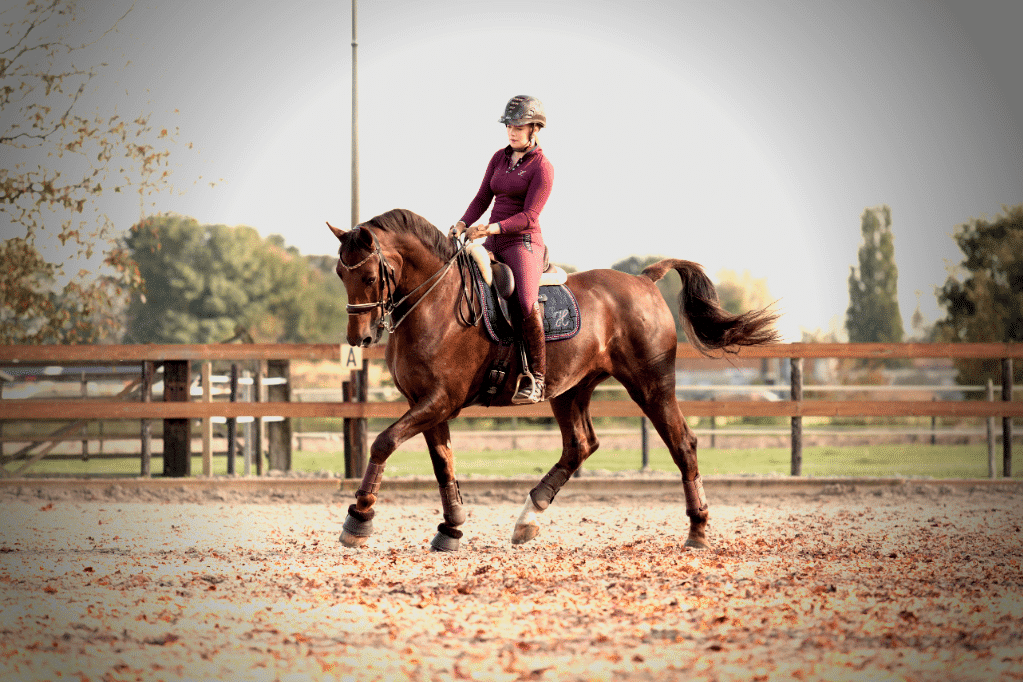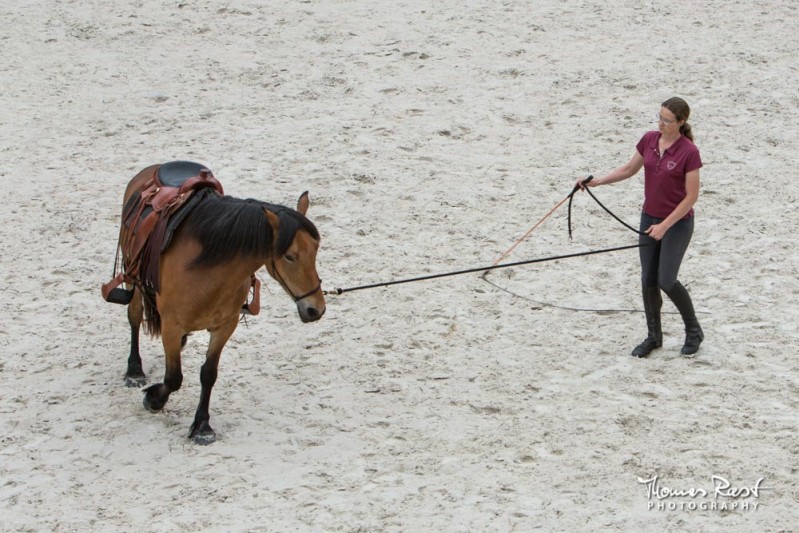Building Suppleness and Flexibility in the Dressage Horse

Developing suppleness and flexibility in a dressage horse is essential for achieving fluid, balanced, and expressive movements. These qualities not only improve the horse’s performance but also contribute to its overall health and longevity. This article explores effective methods, exercises, and training principles to enhance suppleness and flexibility in dressage horses.
Understanding Suppleness and Flexibility

- Suppleness refers to the horse’s ability to move freely and bend easily through its body without resistance.
- Flexibility is the range of motion in the horse’s joints and muscles, allowing for smooth transitions and precise movements.
Both are critical for dressage, where the horse must perform complex maneuvers with grace and responsiveness.
Importance of Suppleness and Flexibility
| Benefit | Description |
|---|---|
| Improved Performance | Enables more precise and elegant movements, enhancing scores in competition |
| Injury Prevention | Reduces strain on muscles and joints by promoting balanced movement |
| Enhanced Communication | Facilitates better responsiveness to rider aids and subtle cues |
| Longevity | Supports the horse’s physical health over years of training and competition |
Key Exercises to Build Suppleness and Flexibility
-
Lateral Work
- Includes leg yields, shoulder-in, haunches-in, and half-pass.
- Encourages bending and engagement of different muscle groups.
-
Transitions
- Frequent changes between gaits (walk, trot, canter) and within gaits (collected, working, extended).
- Improves balance and responsiveness.
-
Circles and Serpentines
- Riding various sized circles and serpentines promotes bending and rhythm.
-
Stretching Exercises
- Encouraging the horse to stretch its neck and back forward and down.
- Helps release tension and lengthen muscles.
Training Principles
- Consistency: Regular, balanced training sessions build muscle memory and flexibility.
- Warm-Up and Cool-Down: Proper warm-up prepares muscles and joints; cool-down aids recovery.
- Patience and Progression: Gradually increase difficulty to avoid injury and build confidence.
- Rider Position: A balanced, independent seat helps the horse move freely.
Nutrition and Care
- Adequate nutrition supports muscle development and joint health.
- Regular veterinary check-ups and physiotherapy can identify and address issues early.
FAQ
Q1: How often should I train suppleness exercises?
A: Ideally, include suppleness exercises in every training session, adjusting intensity based on the horse’s condition.
Q2: Can young horses be trained for suppleness?
A: Yes, but training should be gentle and age-appropriate to avoid strain.
Q3: What signs indicate a lack of suppleness?
A: Stiffness, resistance to bending, uneven gait, or reluctance to perform lateral movements.
Building suppleness and flexibility is a gradual process that requires dedication, knowledge, and attentive care. By incorporating targeted exercises and following sound training principles, riders can enhance their dressage horse’s performance and well-being.
